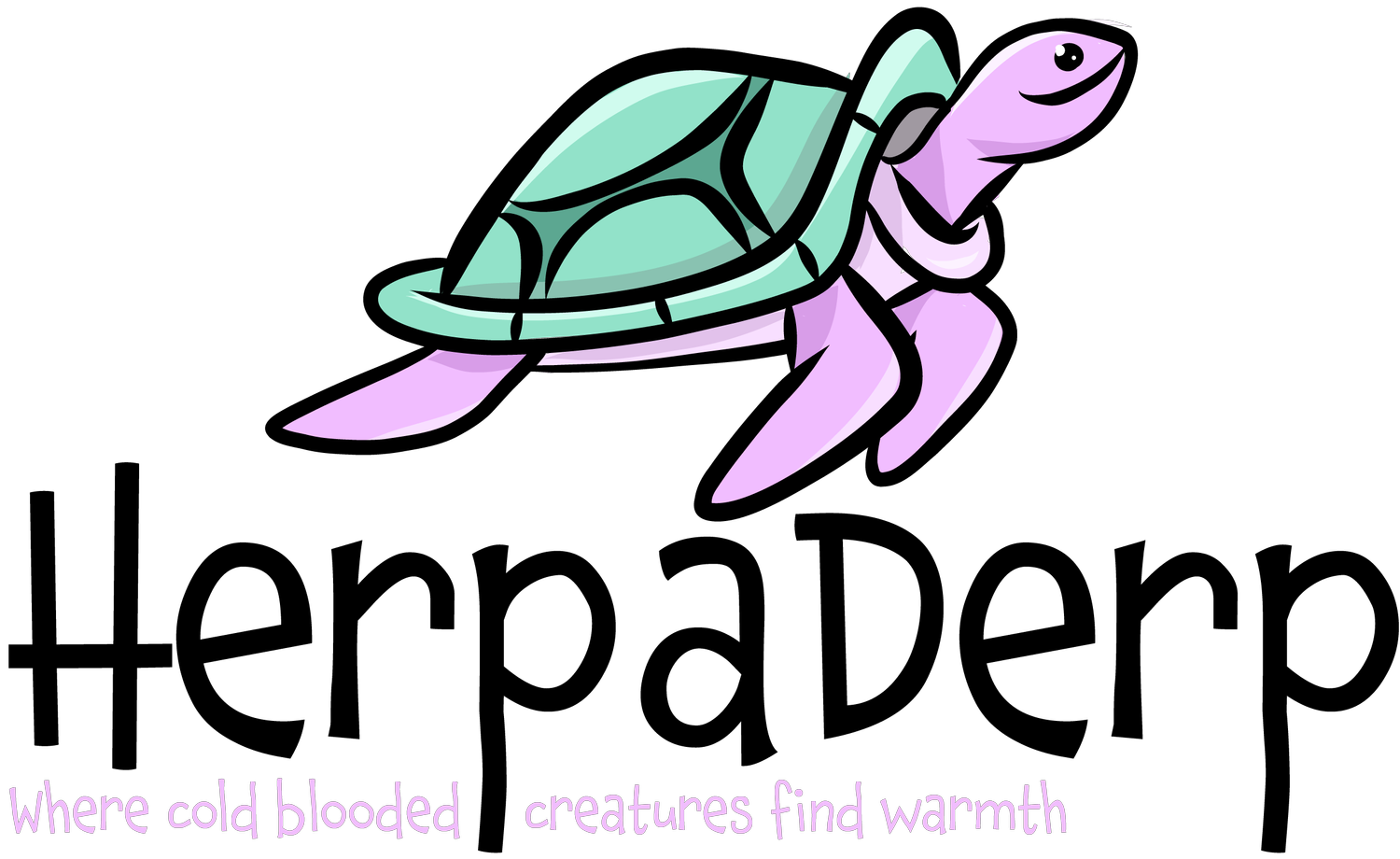The yellow-bellied slider is a popular species of freshwater turtle that makes an excellent pet for beginner and experienced turtle owners alike. These turtles are native to North America and are known for their distinctive yellow bellies. In this care guide, we'll cover everything you need to know about caring for yellow-bellied sliders as pets.
Average Lifespan: Yellow-bellied sliders can live for 20 to 30 years in captivity.
Feeding Requirements/Diet: Yellow-bellied sliders are omnivorous and eat a variety of foods including pellets, insects, fish, and vegetables. They require a balanced diet that includes a mix of protein, vegetables, and fruits.
Humidity Requirements: Yellow-bellied sliders require a moderate to high level of humidity in their enclosure. You can maintain humidity levels by misting the enclosure regularly and ensuring a water source is available.
Lighting/UV Requirements: These turtles require access to UVB lighting to ensure healthy shell growth and calcium metabolism. A basking light is also necessary to provide a warm spot for the turtle to bask.
Minimum Enclosure Size: A single adult yellow-bellied slider requires a minimum of 75 gallons of water for swimming and a basking area. You can use a larger enclosure if housing multiple turtles.
Water Requirements: Yellow-bellied sliders are aquatic turtles and require access to clean, fresh water for swimming and drinking. A filtration system is necessary to maintain water quality.
Type of Habitat/Natural Habitat: Yellow-bellied sliders are native to the eastern and central regions of North America. They can be found in a variety of freshwater habitats such as ponds, lakes, and slow-moving streams.
Sociability: Yellow-bellied sliders can be kept with other turtles of similar size and species. However, it's important to monitor their behavior and ensure they are not aggressive towards each other. They are not particularly sociable with humans and may not enjoy being handled.
Fun Fact: Yellow-bellied sliders are one of the most common species of turtles found in the pet trade. They are also known to be strong swimmers and can move quickly both in and out of the water.
